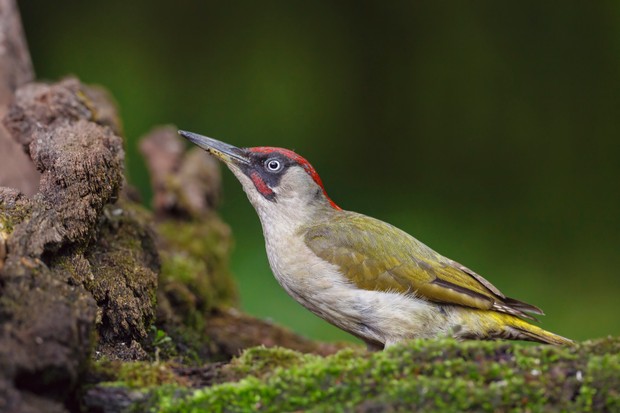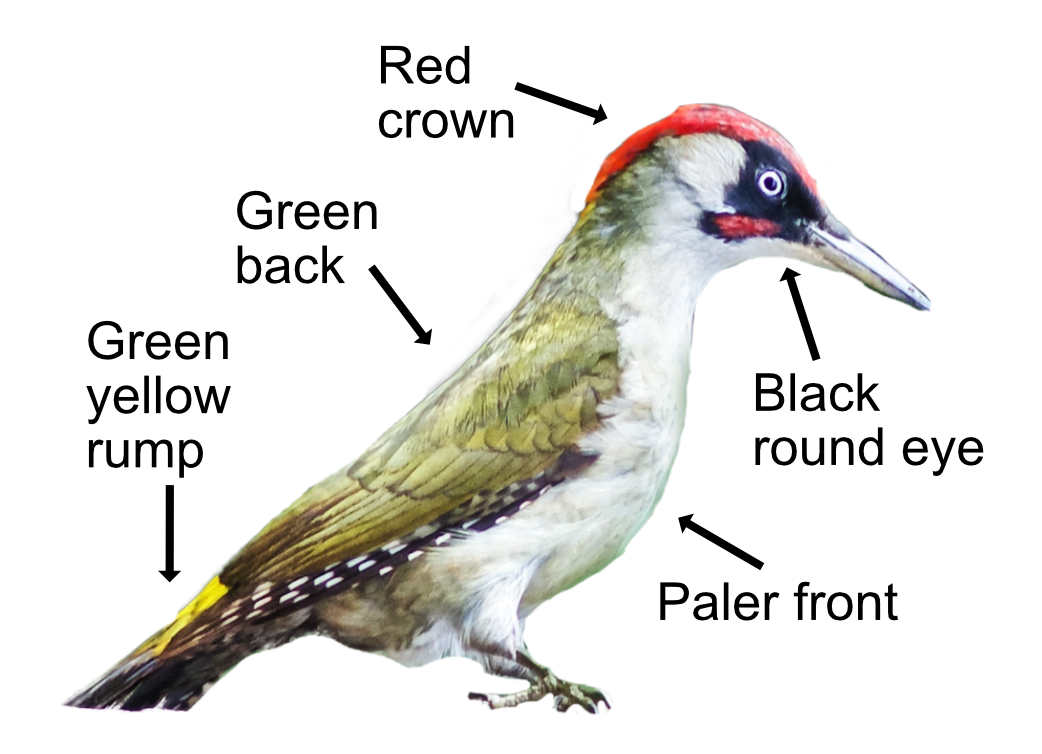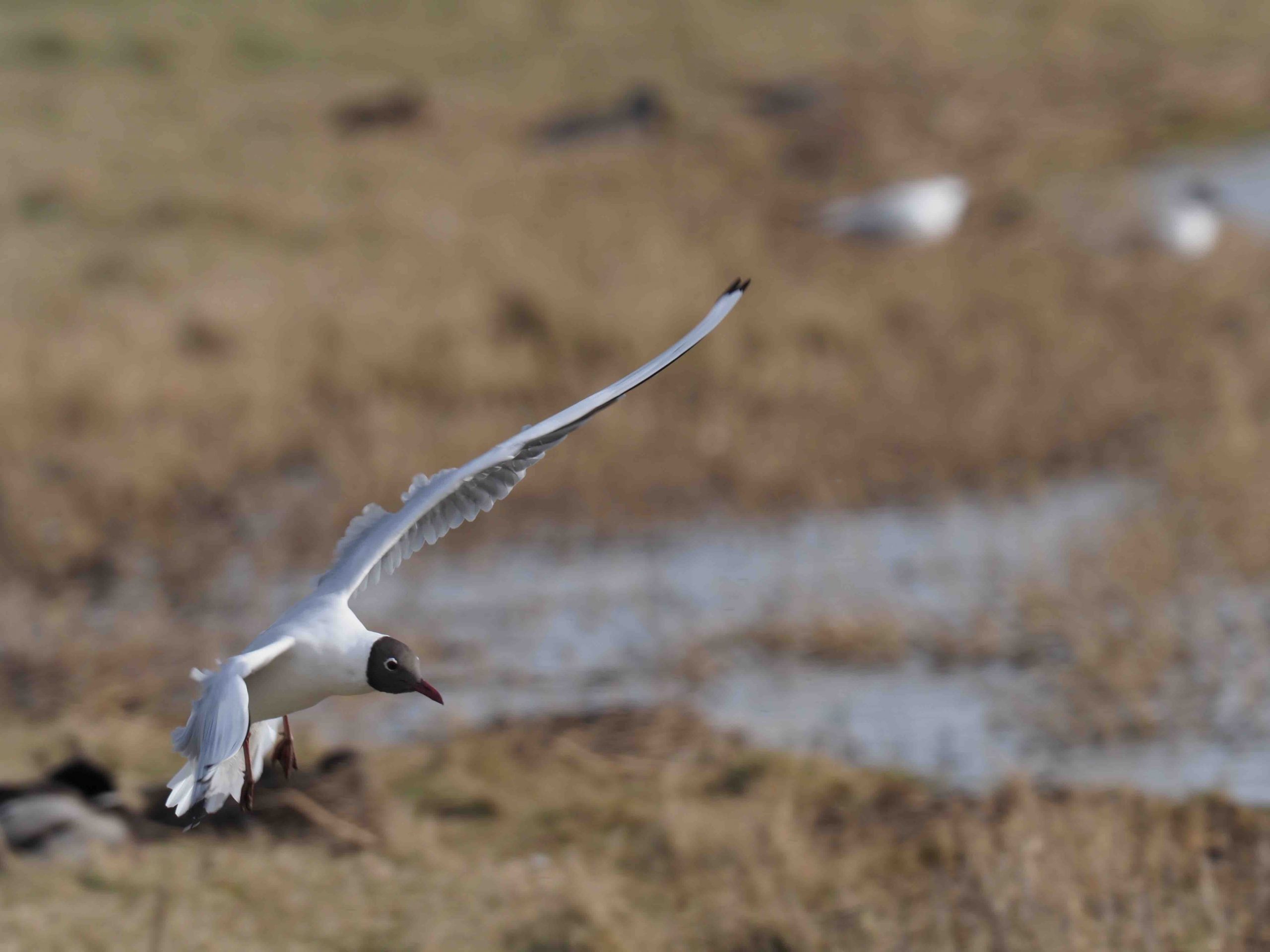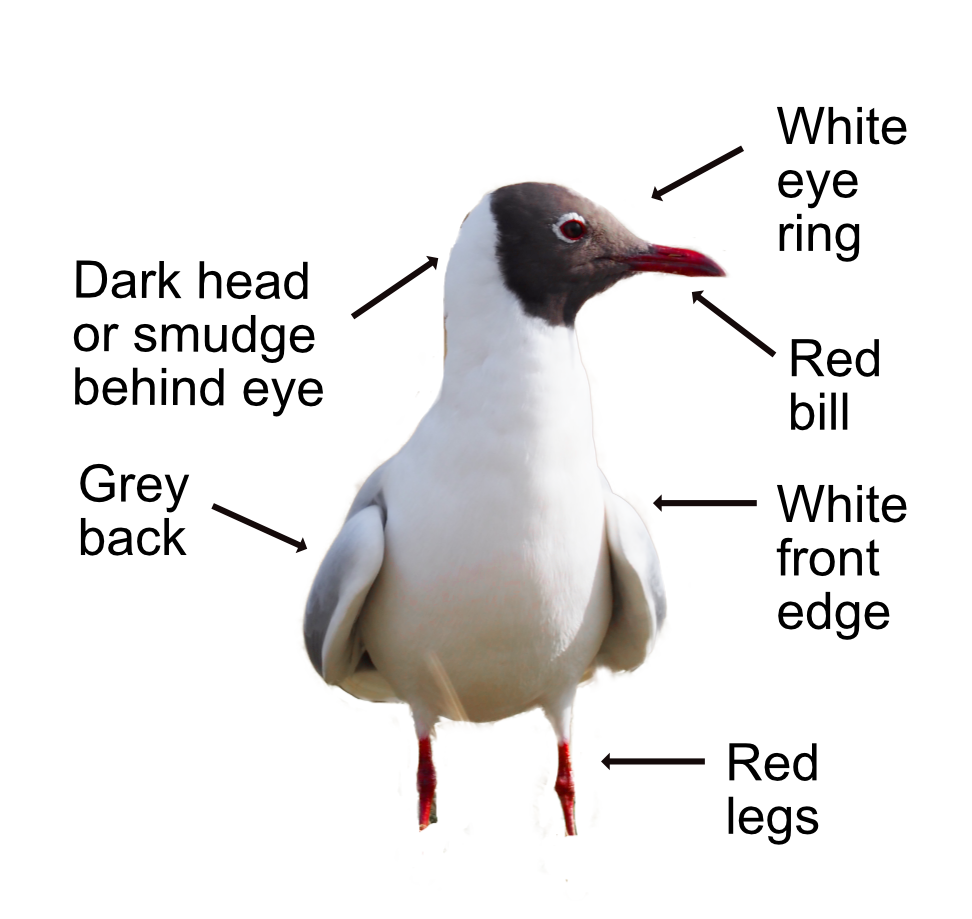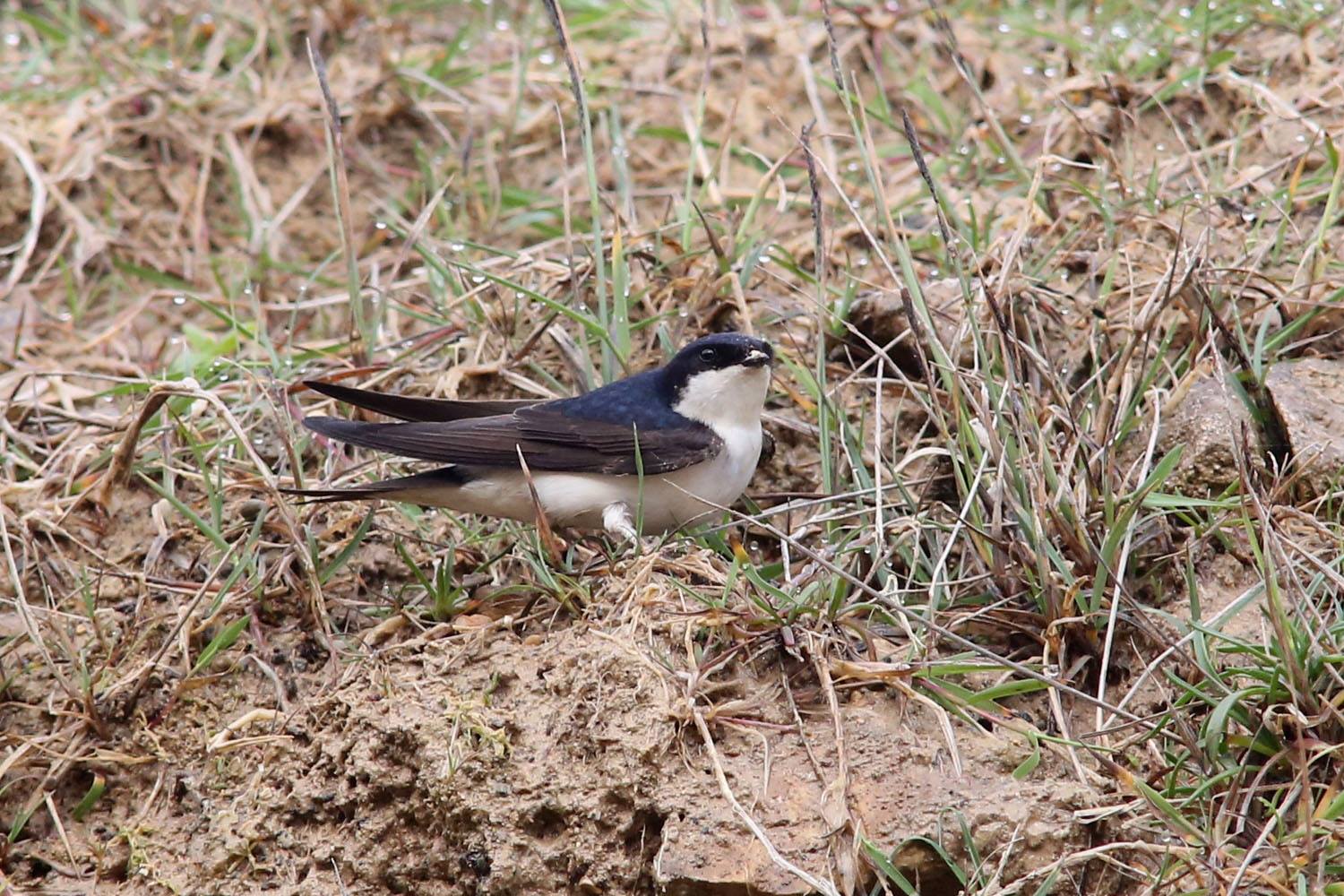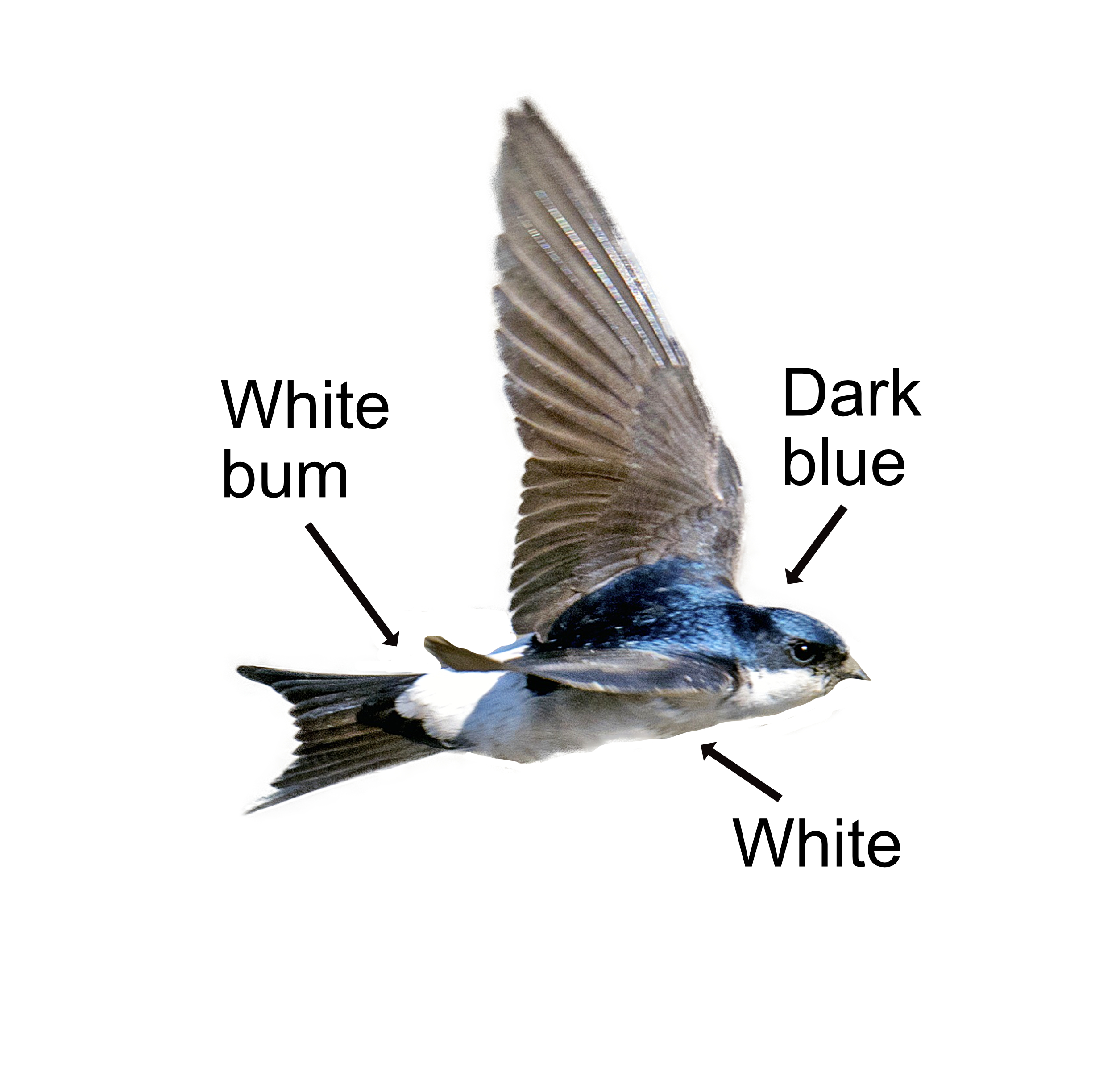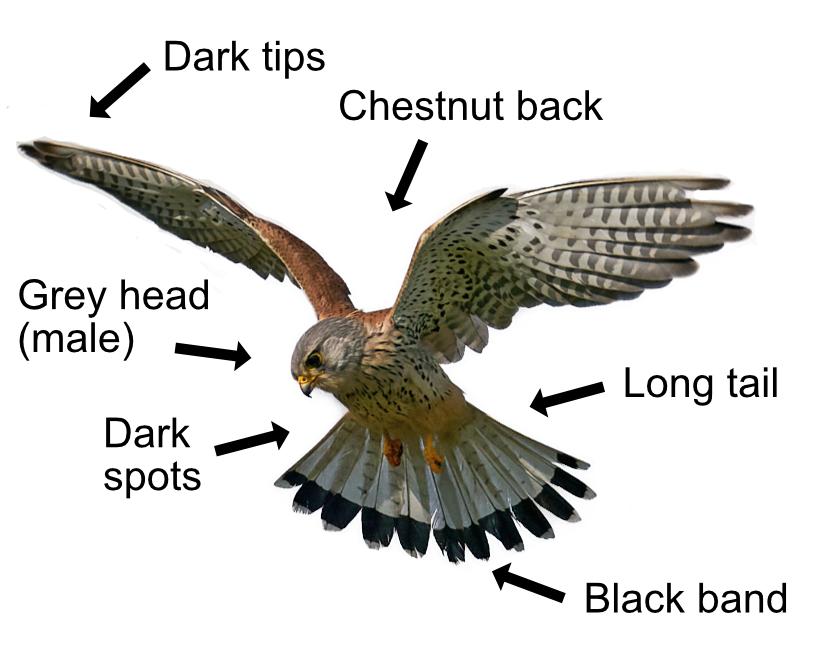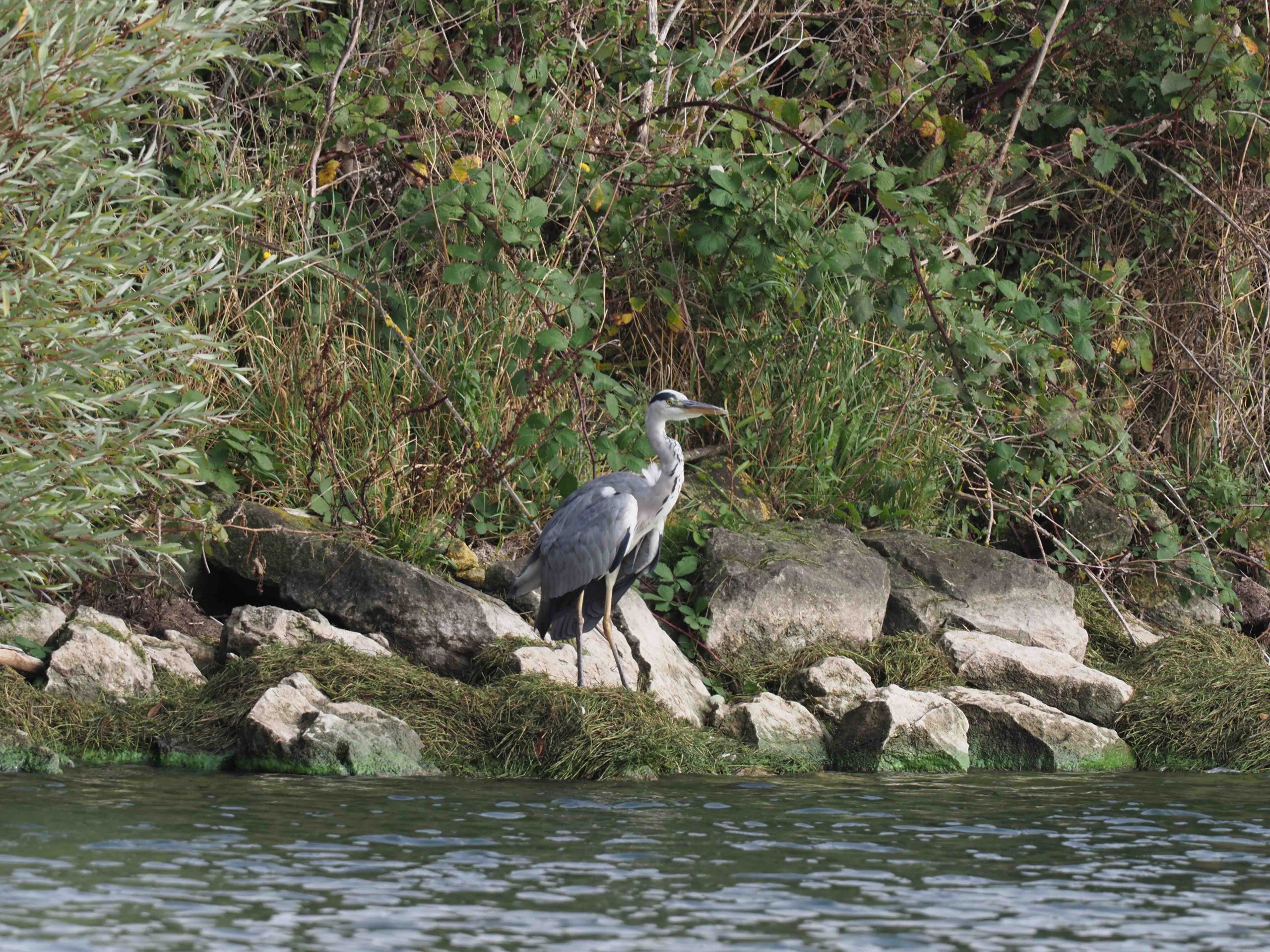
Grey Herons are fairly large birds, standing a metre tall and weighing up to 2 kilograms. They have a fairly ancient lineage and first appeared in the fossil record in the Paleogene period so they know a thing or two about fishing. They are all called Frank as that is their harsh, barking call when flying.
Grey Herons, unsurprisingly, have a grey back. They have white underparts, a long thin white neck with black marks that act as camouflage (breaking up its neck outline when viewed by fish up through the water), a black wispy crest, large broad wings, an orange dagger bill (that gets redder in the breeding season), and very long legs. Their legs are so long they stick out the back when flying, while they hold their head in an S-shape so they don't look like Concord. They often stand hunched up on one leg with their head resting between their shoulders, trying to look small.
Grey Herons can usually be seen by lakes, slow flowing rivers, marshes and estuaries, but can also trick you by standing in a field. In fact, they will roost in groups in a 'standing ground' where they discuss the day's fishing. A heron by a stream is a good indication of how clean it is and the presence of fish as they eat lots of fish! Their feeding technique is to stand motionless beside the water, ready to grab a passing fish that didn't see that dagger beak coming. They will feed on amphibians and small mammals as well, but fish is their favourite.
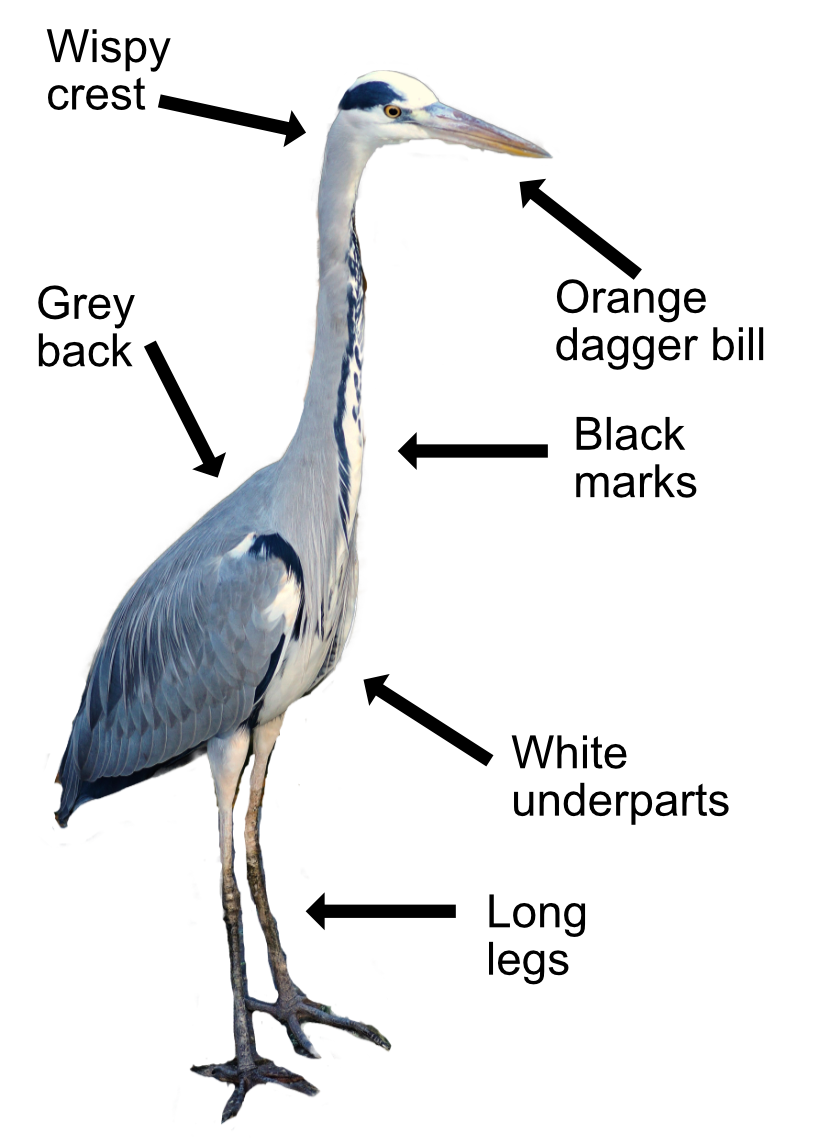
Heron courtship involves the male calling from his chosen nesting site - up a tree! Yes, a tree. Unless you have seen a heronry, it is hard to believe something so big can nest in trees with lots of other herons. On the arrival of a female, both birds take part in a stretching ceremony, in which each bird extends its neck vertically before getting down to the serious matter of building a big nest that won't fall down. The nest is made of a platform of sticks. Both birds build it with the male getting material while the female does the construction and ordering about. They lay 3-5 eggs anytime between February to April. The young herons hatch after 25 days and the youngsters leave the nest 25-30 days later and clamber along branches for a bit more room. They can finally fly when they are 50 days old and soon move on as mum and dad have all the fishing rights in the local area.
Grey Herons have suffered in the past from water pollution and not being particularly liked by anglers or people with ponds full of posh fish which are especially yummy and easy to catch. They can also suffer in harsh winters and from hungry old bishops. Roast heron was once a specially prized dish; when George Neville became Archbishop of York in 1465, they served 400 herons to the guests. There are 13,000 pairs in Britain. Our herons are resident, but European ones migrate south in winter.
In Ancient Egypt, the deity Bennu was depicted as a heron and in Ancient Rome, the heron was a bird of divination that gave an augury (sign of a coming event) by its call, like the raven or owl. The Latin name is 'ardea cinerea' which comes from the Latin 'ardea' which means 'heron' and 'cinerea' which means 'ash-grey' (from 'cineris' for 'ashes').
